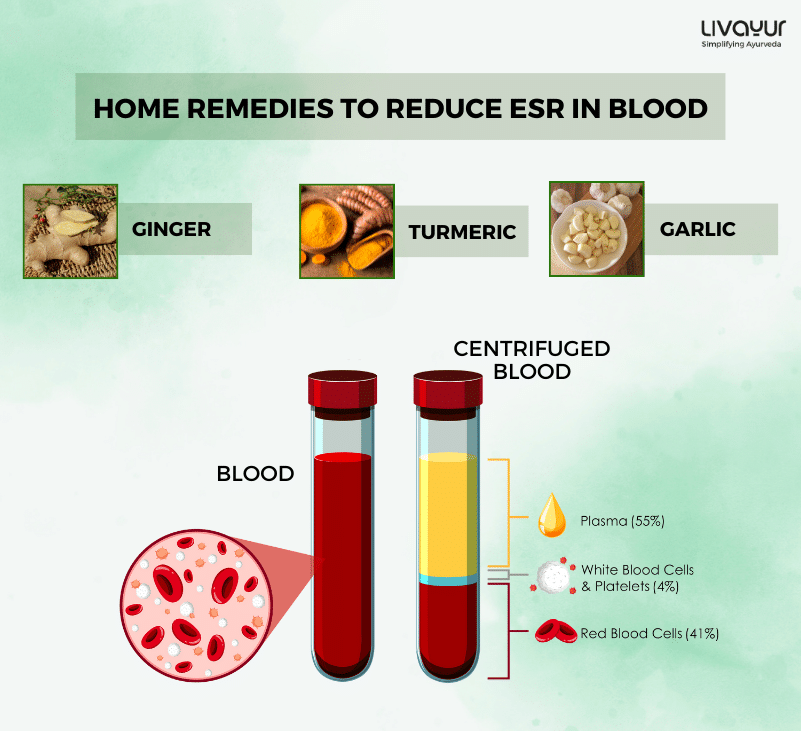This article is reviewed by Dr. Jyoti Lakhani
Do you know what trachoma is? It is a prevalent bacterial eye infection that affects both eyes (1).
According to the World Health Organization (WHO), trachoma is a leading cause of infectious blindness globally. Around 1.8 million individuals have suffered from visual impairment due to trachoma, with 450,000 among them experiencing irreversible blindness (1).
Let’s know more about trachoma so we can prevent and manage it better.
What Causes Trachoma (1)?
Trachoma is caused by a bacterium called Chlamydia trachomatis. It is a communicable disease and is primarily spread through direct and indirect contact.
How Is Trachoma Spread and What Are Its Risk Factors?
Trachoma is more common in developing nations due to poverty, crowded living conditions, and poor sanitation. It is also more likely to be found in women and children as compared to men.
Trachoma is usually transmitted by touching infected eyes or someone infected with the bacteria. Touching contaminated items like towels, sheets, and blankets or coming in contact with insects such as flies can also spread the disease.
What Are the Symptoms of Trachoma (1)?
Common symptoms of trachoma include itching and irritation in the eyes and eyelids, discharge from the eyes, eye pain, light sensitivity, and blurred vision.
If you experience any of these symptoms, it is recommended to consult an ophthalmologist immediately.
Progression of Trachoma (1)
Trachoma begins as a mild form of conjunctivitis or pink eye. The early symptoms, like discharge from the eye and irritation in the eyes and eyelids, appear within 5-12 days of exposure to the bacterium. However, as the infection progresses, it can eventually cause eye pain and blurred vision.
What Are the Complications of Trachoma (1)?
It is important to treat trachoma on time. If left untreated, trachoma can lead to scarring inside the eyelid, causing the eyelashes to turn inward toward the eye. This condition, known as trichiasis, can lead to continual irritation of the cornea and make it cloudy. Eventually, it can even cause the development of corneal ulcers and lead to vision loss.
How Is Trachoma Diagnosed (1)?
Your ophthalmologist will typically perform an eye exam to diagnose the condition. In case you have advanced trachoma, your medical eye examination will reveal the presence of scar tissue on the inner surface of the upper eyelid, the development of new blood vessels in the cornea, and the inward turning of your eyelashes.
If you have recently visited a country where trachoma is common, a sample (culture) may also be taken to confirm if trachoma is the source of your eye infection.
How Is Trachoma Treated (1)?
Antibiotics are usually used to treat early cases of trachoma and prevent long-term complications.
In more severe cases, surgery may also be recommended to reposition inward-growing eyelashes and prevent further scarring of the cornea.
To treat severe scarring, corneal transplantation can also be recommended. It will help restore vision if the cornea is significantly impaired.
How Can You Prevent the Spread of Trachoma (1)?
Maintaining good hygiene practices is essential to prevent the spread of trachoma. It is recommended to wash your hands regularly with soap and water and clean your face to remove any discharge from the eyes and nose.
It is also recommended to avoid sharing towels or other personal items with others to further reduce the risk of infection.
What Does Ayurveda Say About Trachoma (2)?
Trachoma closely resembles Pothaki, a disease of the eyelid, mentioned in Ayurveda. It is a Kapha-predominant disease that goes through six stages of pathogenesis.
In the initial stage, called Sanchaya Avastha, deranged Doshas accumulate, leading to a feeling of heaviness in the eyelids. As the Doshas get further aggravated, the Prakopa Avastha occurs, causing pain and a burning sensation in the eyes.
During the Prasara Avastha, Doshas start to move and affect various tissues, resulting in symptoms like lacrimation, itching, and burning sensation. In the Sthanasamshraya Avastha, the Doshas localise in specific tissues and disrupt their normal functioning, leading to symptoms like redness and swelling.
When the Doshas cause significant damage to the tissues, the Vyakta Avastha manifests with clinical features such as follicles and thick discharge. If the disease becomes chronic and complications arise, it enters the Bheda Avastha, where trachomatous scarring, trichiasis, and corneal opacity may occur.
Ayurveda emphasises early intervention during the prodromal stage to prevent the disease from progressing. Specific treatments for Pothaki include Lekhana Karma (scraping therapy) and bloodletting with medicinal leeches if necessary. Medicinal preparations, such as decoctions of Amra (Mango), Jambu (Black Plum), Haritaki, Bibhitaki, Amalaki, and Kadhir bark mixed with honey, are suggested to be used as eye drops.
While the advent of sulfonamide drugs has reduced the incidence of trachoma, traditional Ayurvedic remedies remain effective. Applying Chandrodaya Varti or Shigru (Drumstick) leaf juice with honey has shown positive results. Surgical intervention, such as scraping with a sharp instrument, may be required for larger follicles and papillae that do not respond to medical management.
Disclaimer: Always consult with a qualified Ayurvedic practitioner before using any herb or therapy for trachoma.
On a Final Note
Trachoma is a bacterial eye infection that affects millions of people worldwide, leading to irreversible blindness if left untreated.
It is usually treated with antibiotics. However, in severe cases, surgery may also be used. Ayurveda also offers valuable insights into managing trachoma, emphasising personalised treatments based on an individual’s Dosha imbalance.
FAQs
- Can trachoma affect only one eye, or does it always affect both eyes?
Trachoma can affect both eyes, although it is possible for the infection to initially start in one eye and then spread to the other if proper precautions are not taken.
- Is trachoma contagious? How is it spread?
Yes, trachoma is contagious. It is primarily spread through direct or indirect contact with infected eyes or contaminated items such as towels, sheets, and blankets. Flies can also contribute to the spread of the disease.
- Are there any long-term complications of trachoma if left untreated?
Yes, if left untreated, trachoma can lead to scarring inside the eyelid, which can cause the eyelashes to turn inward and continuously irritate the cornea. This can eventually lead to corneal ulcers and vision loss.
- Are Ayurvedic remedies effective for trachoma?
Yes, Ayurvedic remedies are extremely effective in managing trachoma. But it is important to consult with a qualified Ayurvedic practitioner before using any herbs or therapies for the disease.



















